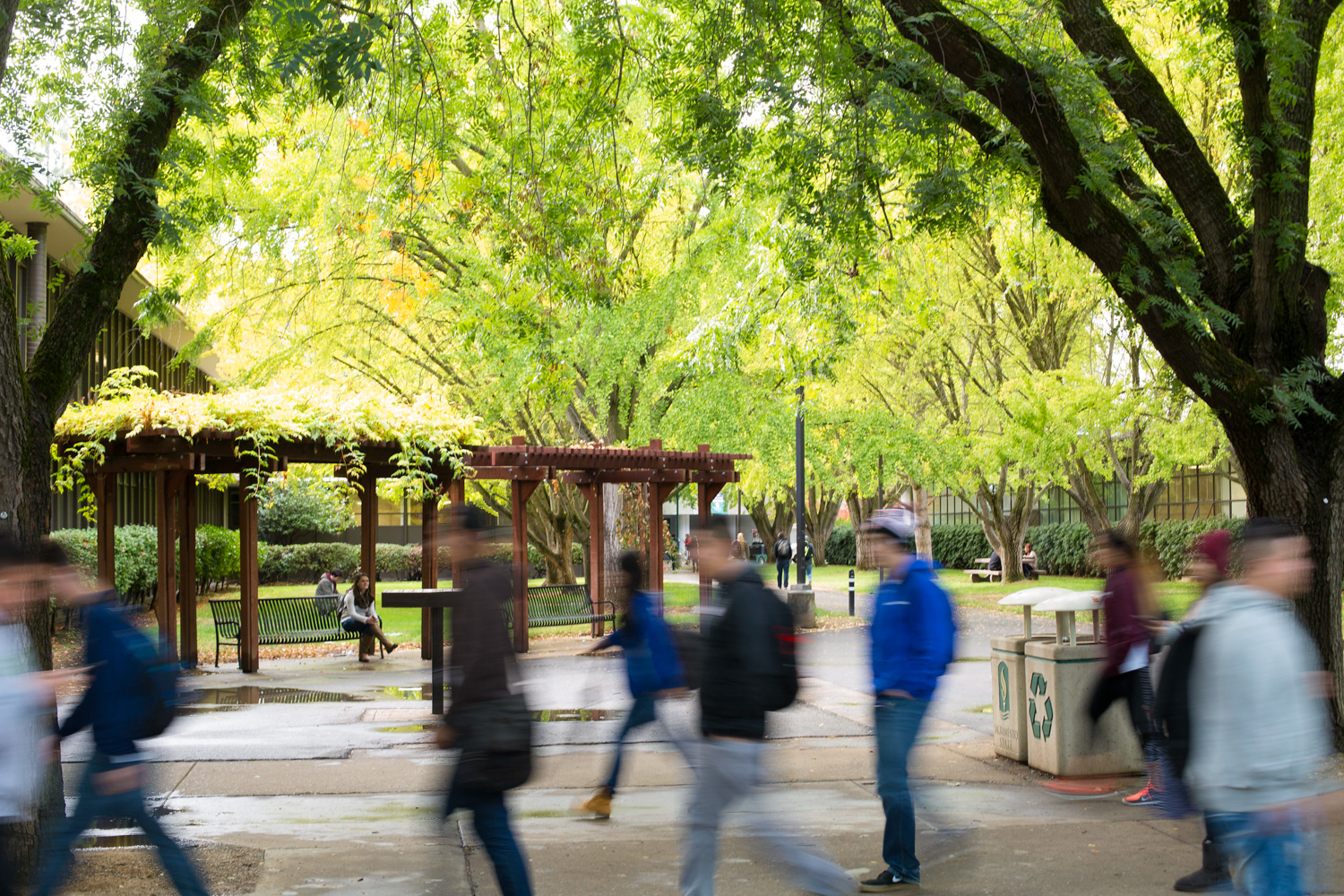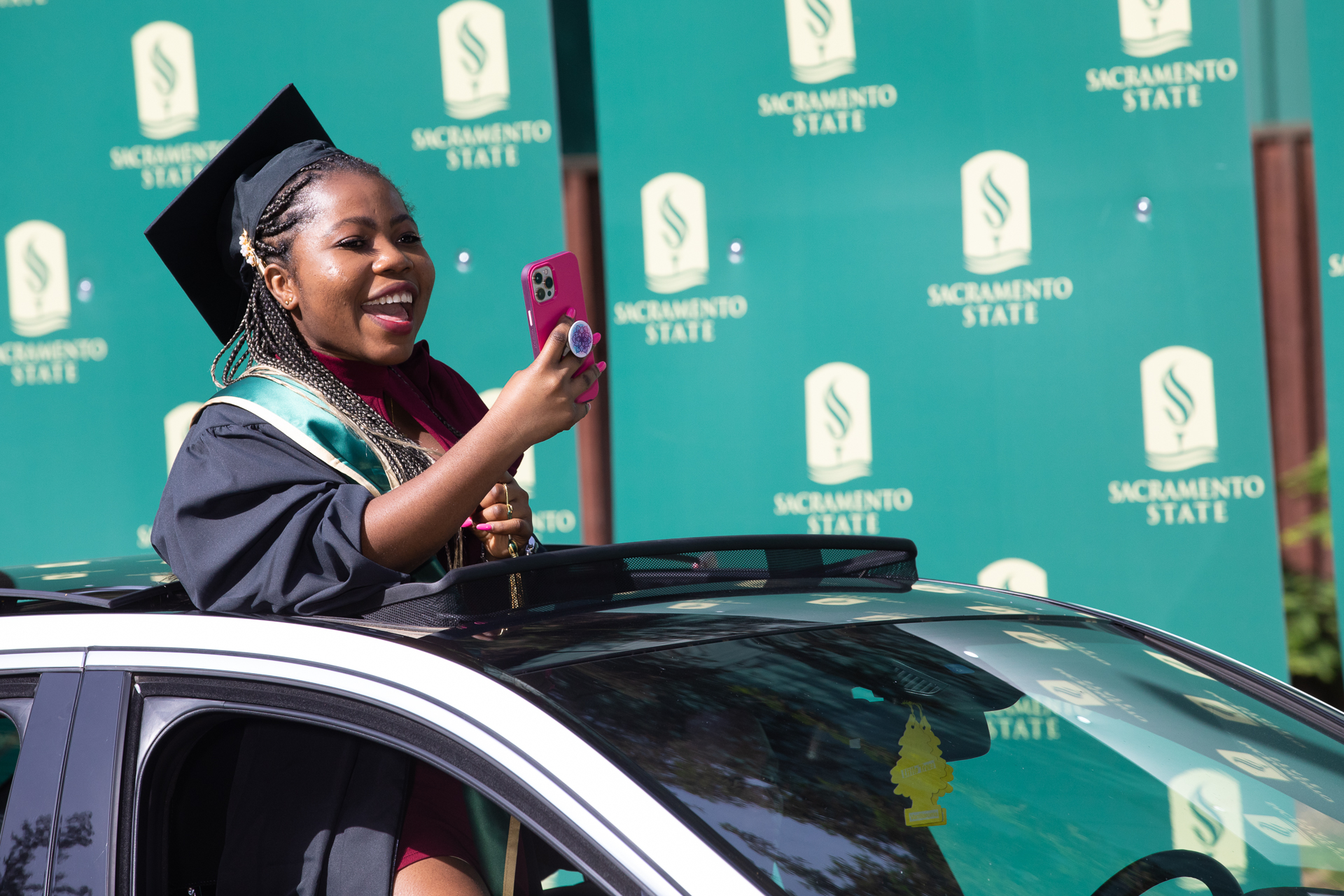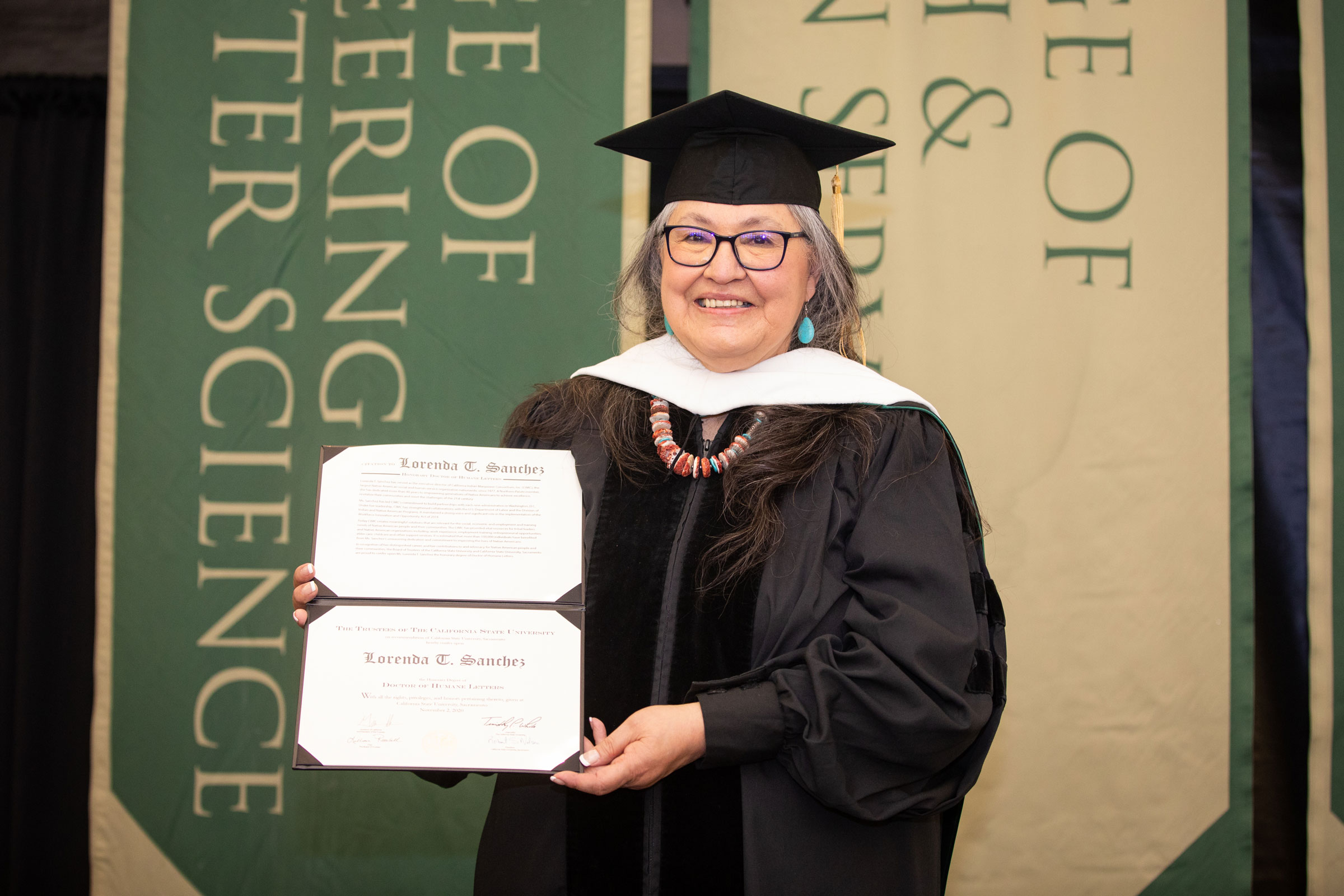Story Content
Comprehensive plan will guide efforts by Sac State to confront racism on campus
July 23, 2021
Sacramento State has released a comprehensive plan for confronting racism and increasing diversity on campus, an effort that includes input from dozens of individuals representing a broad spectrum of backgrounds and perspectives.
The Antiracism and Inclusive Campus Plan, released June 29, illustrates the University’s acknowledgement that “we have a lot of work to do” and its commitment to move the campus toward a culture that is fair and welcoming to all, said President Robert S. Nelsen.
“I ask that all of us play a role in supporting the implementation of the plan and holding each other accountable,” the President said.
The plan, the result of months of work from nearly 80 students, staff, faculty, and administrators, addresses hiring practices, employee retention, curriculum development, bias reporting, campus transparency, and many other topics.

The University soon will solicit responses from the broader Sac State community and offer preliminary steps for moving forward with recommendations made in the report. A presidential convocation addressing the report’s findings and implementation takes place Wednesday, Sept. 29.
“This plan addresses our entire university community,” said Melinda Wilson Ramey, Sac State interim vice president for Inclusive Excellence. “It sheds light on the biases, racism, and injustices that exist on our campus and impacts not only students but also faculty, staff, and administrators in every department, every division.”
Among the plan’s recommendations for fighting bias and inequity on campus:
- Bolster diversity training to encourage “equity-minded hiring.”
- Create an employee retention plan that includes helping new hires find schools for dependents and connect with community groups and other resources.
- Create more physical spaces that encourage “positive interactions among the diverse faculty and staff, students and community members.”
- Add a “multicultural lens” to curriculum development, and create a committee to review courses to ensure they reflect diversity and eliminate bias.
- Conduct regular town hall meetings that highlight key issues and concerns on campus.
- Hire “culturally competent” mental health professionals to help members of the campus community affected by racially biased stress.
- Provide racial bias training for faculty, staff, and students.
- Improve reporting and response to alleged incidents of racism and bias.
- Create an Antiracism and Inclusion Team to reach out to and build bridges among various groups and disciplines across campus.
- Install murals and other artwork celebrating underserved communities, including people of color and LGBTQ individuals.
- Increase promotion and visibility of University antiracism efforts.
Some of the recommendations already are in play. For example, the University has launched a new centralized system that allows students and employees to easily report bias, discrimination and harassment, sexual violence, and issues of academic integrity, said Skip Bishop, who in addition to serving with Wilson Ramey as interim vice president of Inclusive Excellence is Sac State’s director of Equal Opportunity and Title IX coordinator. A new Bias Response director will oversee the reporting system.
The Antiracism and Inclusive Campus Plan is Sac State’s response to nationwide protests and calls for change following recent police killings of unarmed people of color. As one of the nation’s most diverse college campuses, Sac State must be a leader in the movement, the report says.
“People are demanding reform and restructuring of our systems,” it concludes. “Our work in this area must begin at home, at Sacramento State.”
Media Resources
Faculty/Staff Resources
Looking for a Faculty Expert?
Contact University Communications
(916) 217-8366
communications@csus.edu


